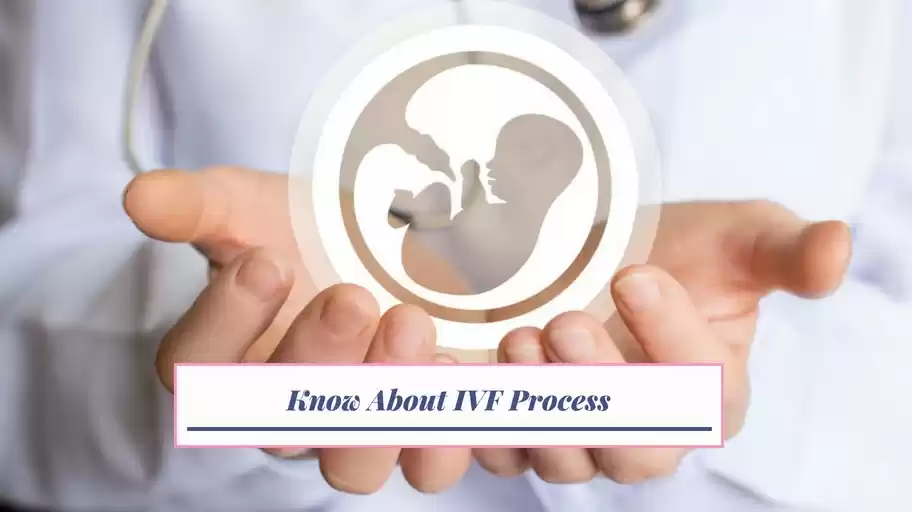
What is IVF (In Vitro Fertilization)?
IVF or In vitro fertilization, as the name suggests, is a fertilization taking place inside a laboratory or outside a living body. Generally, if we talk about humans, when sperm fertilizes the eggs inside a laboratory, the process is called as IVF or In vitro fertilization. Usually, the fertilization in human female takes place in the fallopian tube, however, due to some complications when this cannot take place; it is done artificially inside a laboratory and is termed as IVF.
There are some factors which need to be considered regarding IVF process, and here is a mention of them:
- In order to fertilize the egg, close to thousand sperms are required. However, only one sperm penetrates the membrane of the egg to fertilize it, but to ensure maximum probability of success typically 1, 00, 000 sperms are placed.
- After this, the fertilized egg is kept under the ideal lab conditions, so that it can reach the blastocyst stage. This stage is reached in 2 to 5 days, and this is the stage when the fertilized egg (blastocyst) can be transferred into women’s body.
- The process of transferring the blastocyst into the women’s uterus is termed as embryo transfer.
Steps involved in In Vitro Fertilization process:
Let us now look at the brief step-wise process which is followed while IVF treatment is given to the couple facing issues in conceiving, even after two years of unprotected coitus.
- Visit the IVF specialist, so that he or she can carry out some basic tests to discover the reason behind the infertility issue being faced by the couple.
- Suppression of your natural menstrual cycle forms the next step; this is done to make sure that the medications are effective on the individual.
- With the help of certain hormones, like FSH (follicle stimulating hormone), the release in the number of eggs is increased.
- Routine check-ups are performed and then at a suitable time (according to the IVF specialist), the eggs are collected.
- And then finally, as explained earlier, the eggs are fertilized in-vitro and are transferred to the uterus of the patient.
This a basic brief on the procedure, however, this might vary from person to person depending on various factors like age of women, complexity of the issues etc., and hence it is advisable to visit an IVF specialist to get the suitable suggestions.


